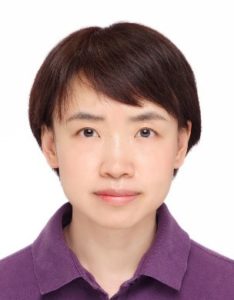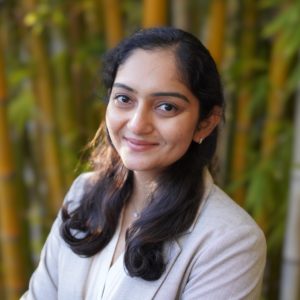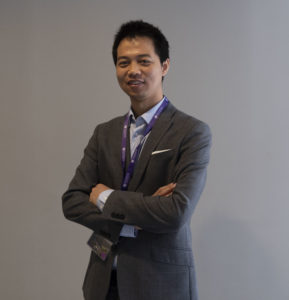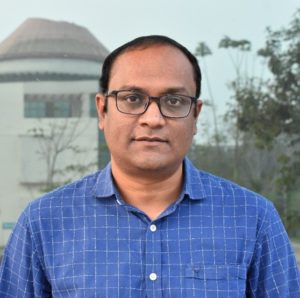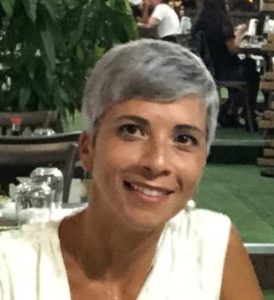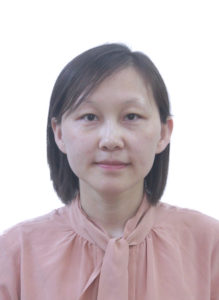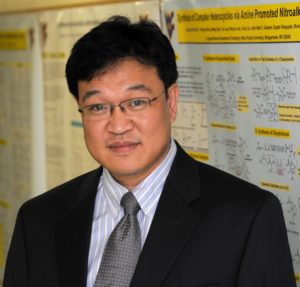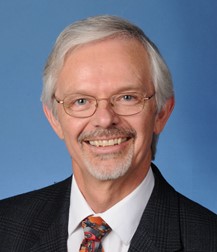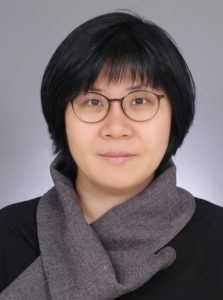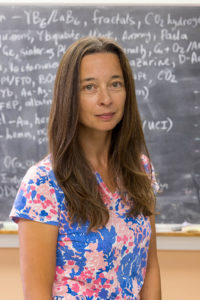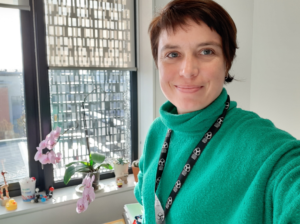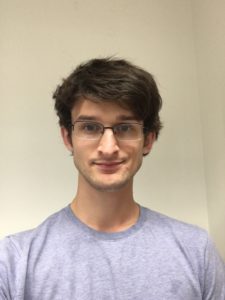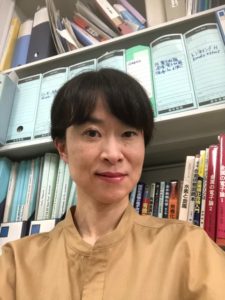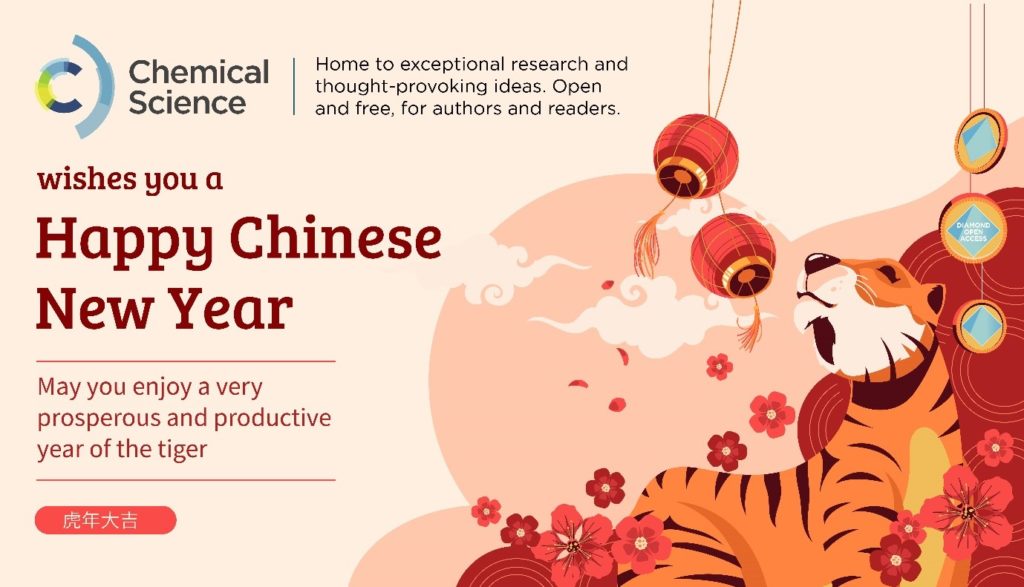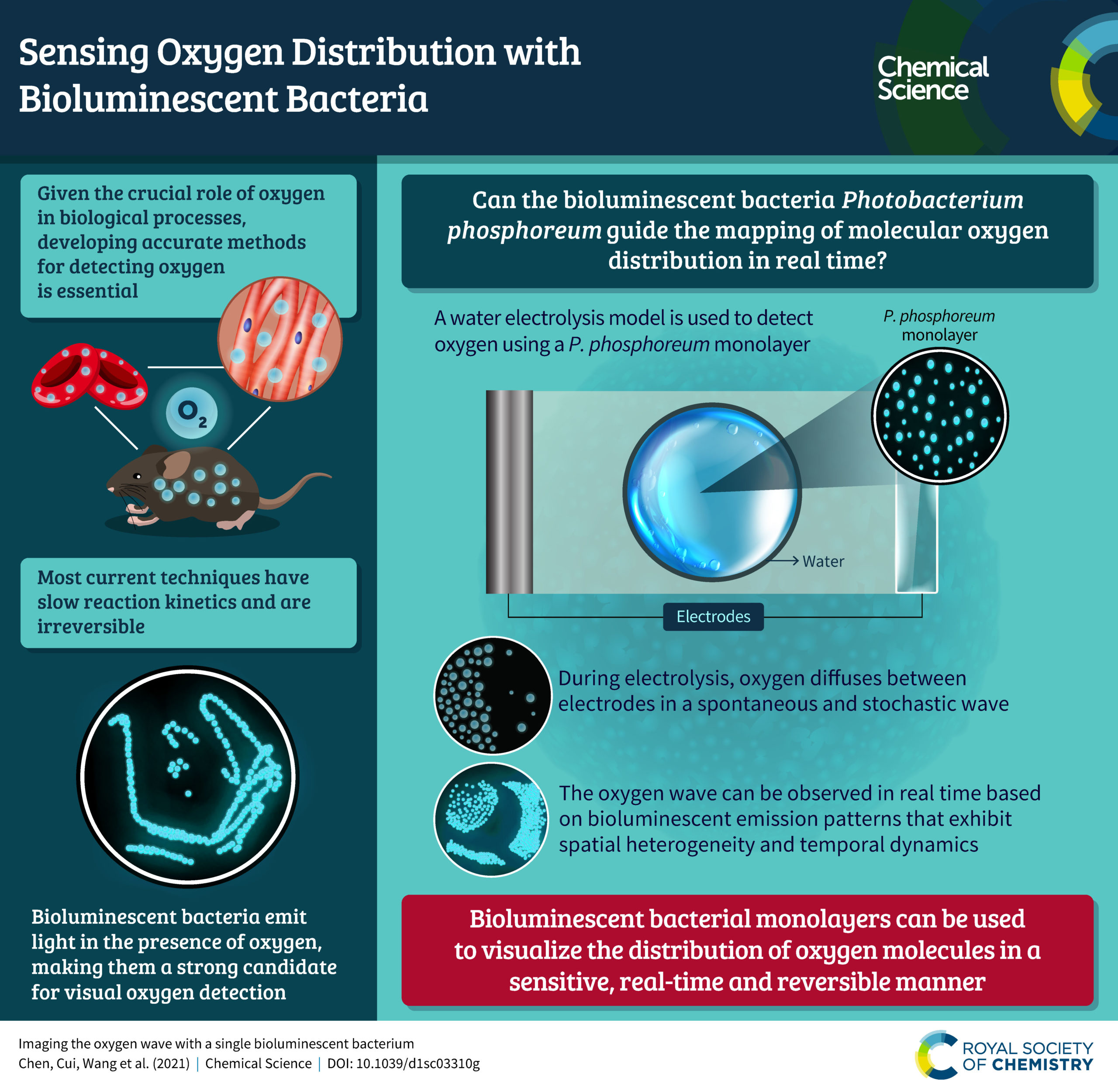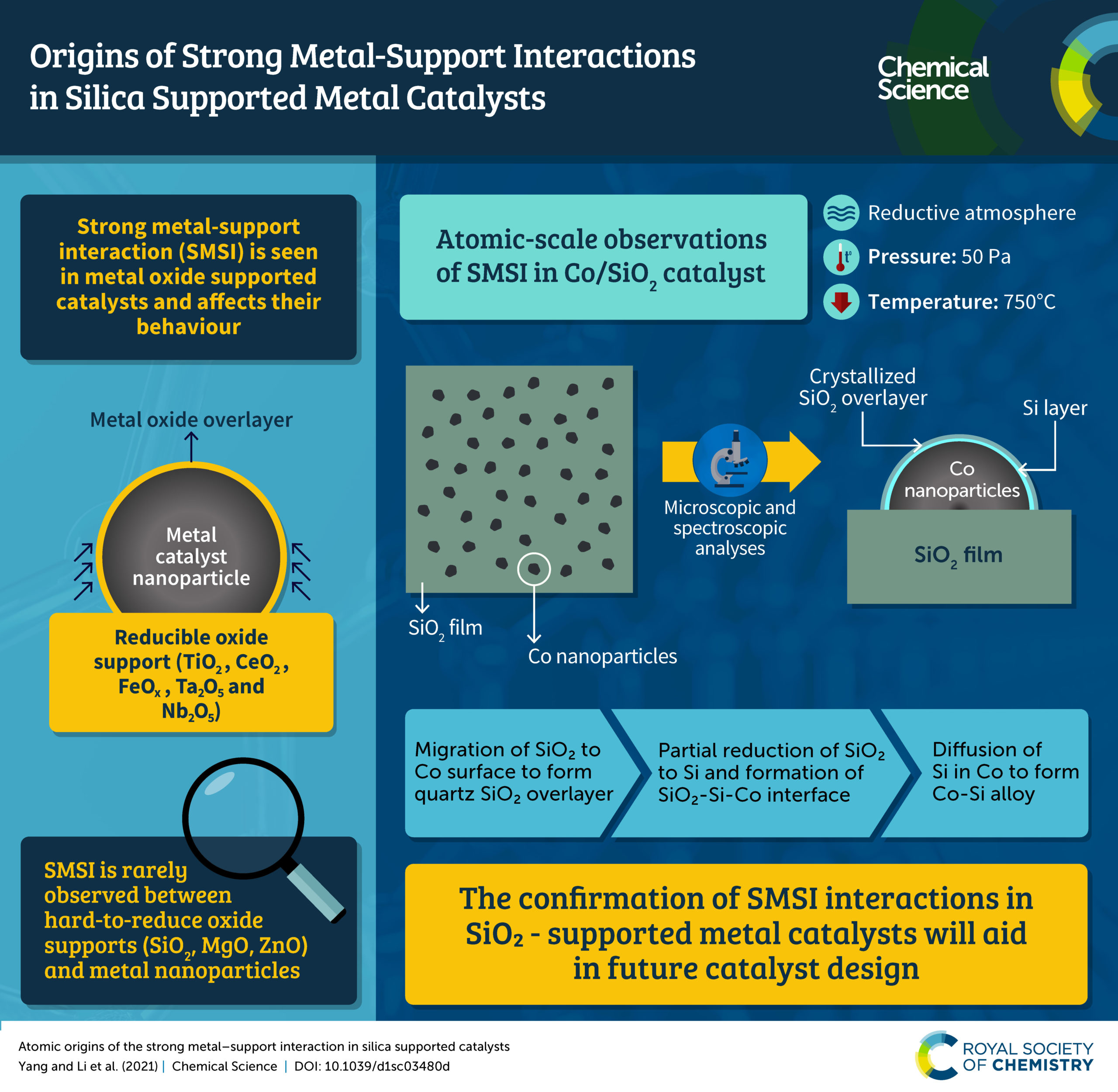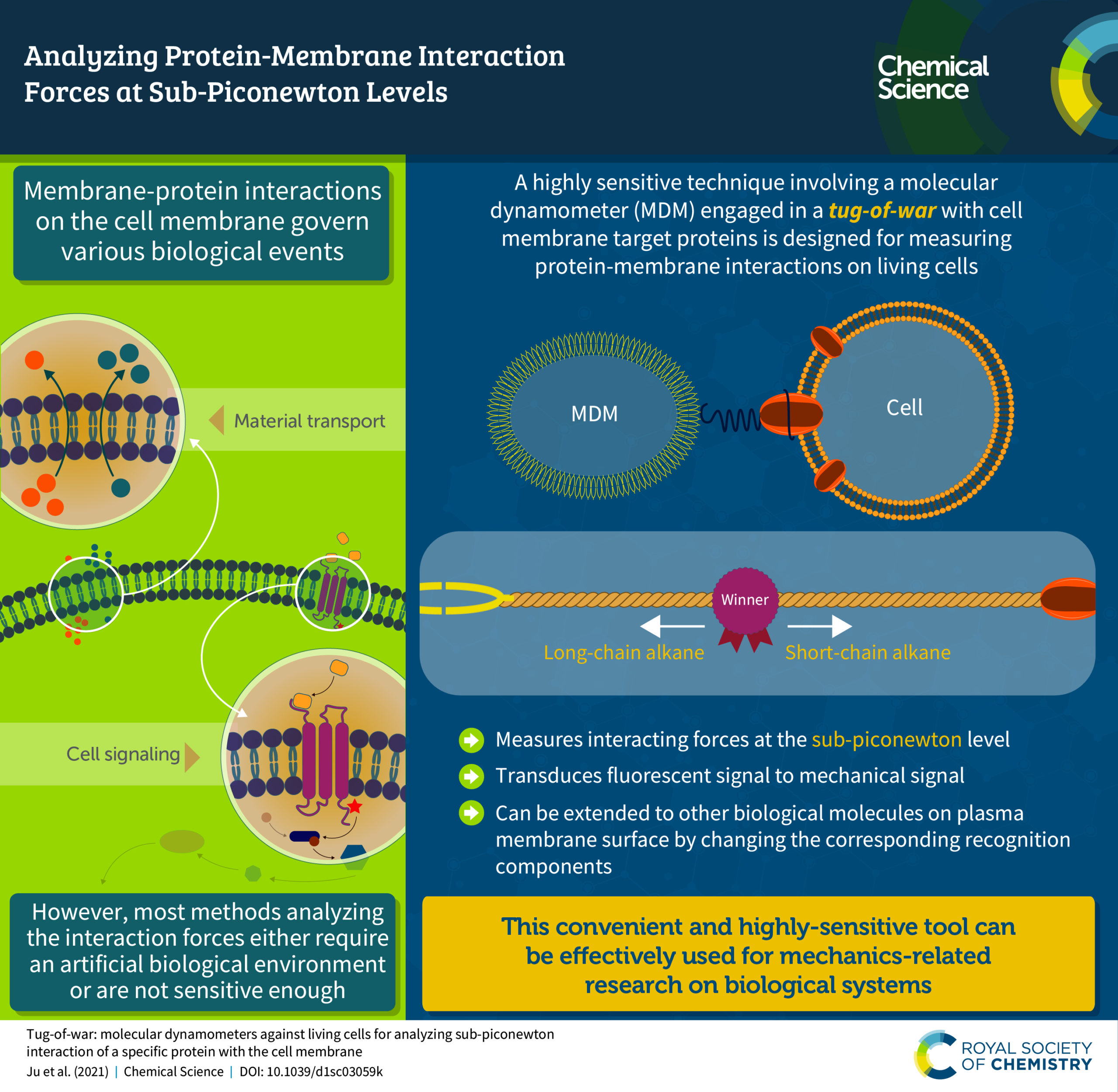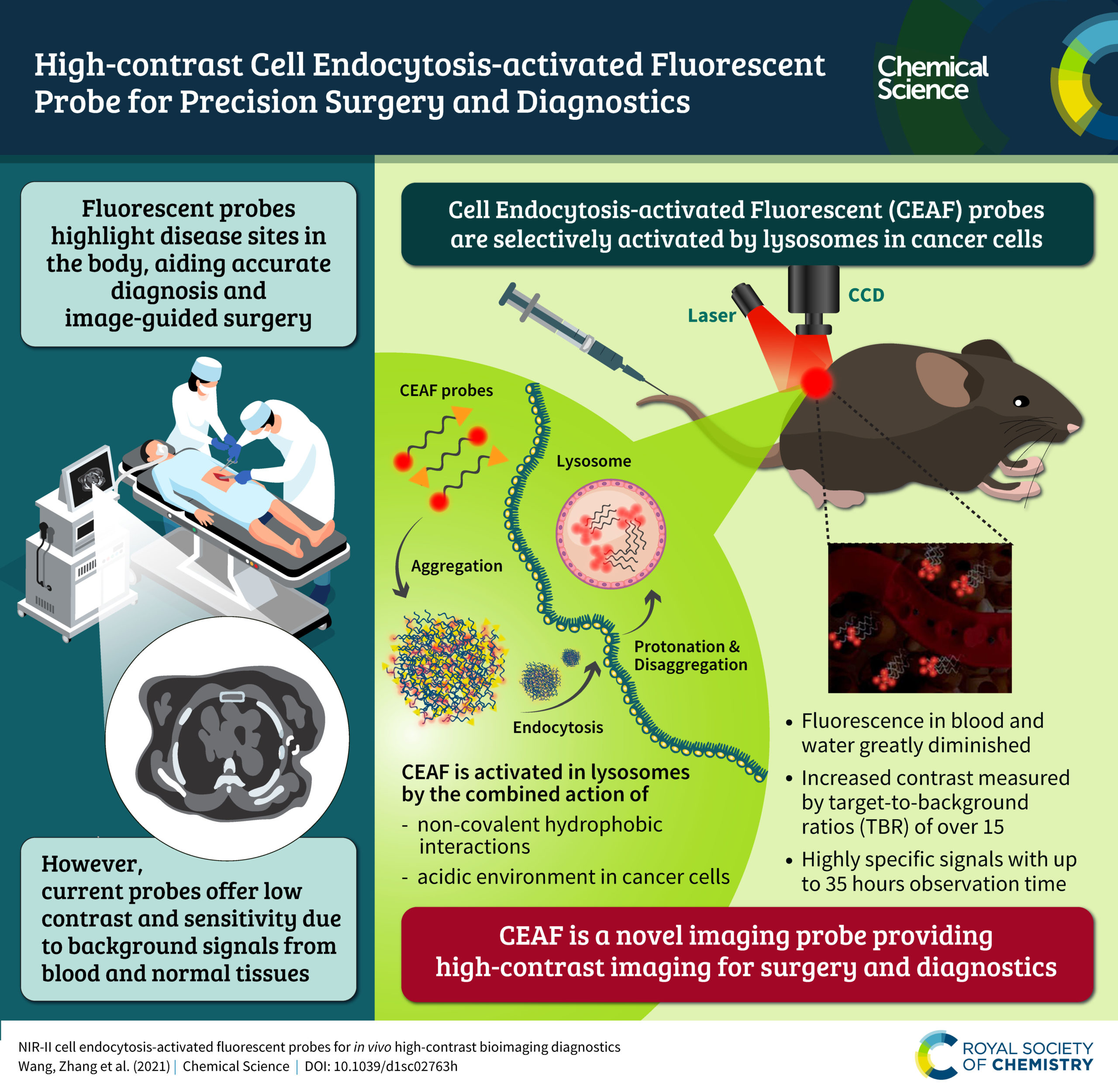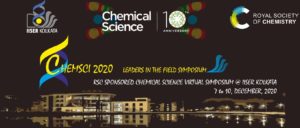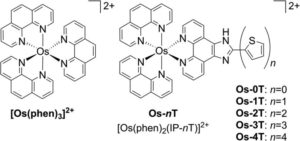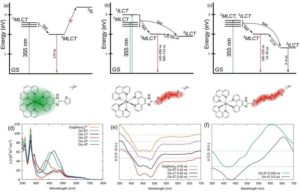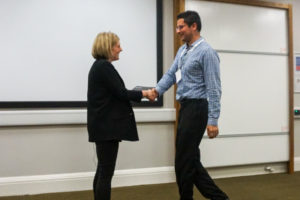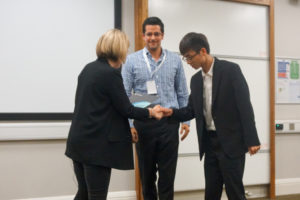To further thank and recognise the support from our excellent reviewer community, we are highlighting reviewers who have provided exceptional support to the journal over the past year.
This month, we’ll be highlighting Professor Mercedes Taylor, Professor Renana Gershoni-Poranne, Professor Dan Li and Professor Nick Le Brun. We asked our reviewers a few questions about what they enjoy about reviewing, and their thoughts on how to provide a useful review.
Professor Mercedes Taylor, University of Maryland. Mercedes Taylor’s lab uses supramolecular assembly and reticular chemistry to design robust organic materials for challenging ion separations.
Professor Renana Gershoni-Poranne, Technion-Israel Institute of Technology. My group uses computational chemistry and data-driven approaches to understand and predict the chemical properties and reactivity of polycyclic aromatic systems. We then try to encapsulate these insights into conceptual frameworks to enable the design of molecules with tailored properties that can be used in various areas, such as organic semiconductors or ligands for catalysts. We’ve recently also started to employ machine- and deep-learning techniques for generative design of these molecules.
Professor Dan Li, Jinan University. My research focuses on designing and building complex molecules, combining different types of chemical bonds/weak interactions to create visually appealing shapes with exciting properties, aiming to develop sustainable materials.
Professor Nick Le Brun, University of East Anglia. My research is focused on understanding the roles of metals in life, how organisms minimise the toxicity of essential metals, and how they assemble complex metallocofactors.
What encouraged you to review for Chemical Science?
Professor Renana Gershoni-Poranne: Chemical Science is a leading journal that publishes innovative, high-quality work across all areas of chemistry. I was motivated to contribute to maintaining these standards and to support a journal that fosters scientific excellence and broad accessibility. I am particularly grateful that Chemical Science provides an important platform for aromaticity-related work, allowing the work of our community to reach broad audiences and have an impact.
Professor Dan Li: Chemical Science serves as an interdisciplinary platform for researchers across a wide range of fields. Reviewing for it offers a unique opportunity to engage with chemists from diverse backgrounds.
Professor Mercedes Taylor: I enjoy reading articles in Chemical Science because of their fundamental approach to broadly-relevant questions, so this enjoyment encouraged me to contribute as a reviewer.
What advice would you give a first-time author looking to maximise their chances of successful peer review?
Professor Nick Le Brun: Aside from the obvious things such as making sure that the main messages of the manuscript are well supported by the data (including the right controls), and that it’s been carefully proof read before submission, it’s important to capture the interest of the reader from the beginning – weave your findings into an engaging story that emphasises why the science is important.
What makes a paper truly stand out for you when reviewing a paper?
Professor Mercedes Taylor: I appreciate papers with thoughtful, unusual introductions. Occasionally authors will depart from the standard format of an introduction to offer more original musings on the state of the field, which sets the paper apart from the beginning.
What do you enjoy most about reviewing
Professor Renana Gershoni-Poranne: Getting to read manuscripts before they are published feels like getting a ‘sneak peek’ – which is always fun! I also enjoy the opportunity to contribute constructive feedback that strengthens the work, if I think I can. Reviewing also broadens my own perspective by exposing me to ideas and methods outside my immediate field. I always include something complimentary in each review, because I know that the students and postdocs who worked on the manuscript deserve encouragement, even if there are still some areas that can be improved. I like to think that this makes the reviewing process less stressful for them.
Professor Nick Le Brun: Reviewing a manuscript properly takes significant time, but can be very rewarding. Helping to get fascinating new science published is enjoyable, as is the opportunity to suggest ways to improve a manuscript.
Professor Dan Li: Reviewing embodies both a privilege and a solemn duty.
How did you prepare to write a review for Chemical Science?
Professor Mercedes Taylor: I prepare to write a review by reading the article through from start to finish; I try to resist the urge to make notes and form opinions until the second read.
How do you find that Chemical Science has contributed to your research field?
Professor Nick Le Brun: Chemical Science, as the flagship journal of the RSC, is a leading broad remit chemistry journal, and as such publishes some of the best science in bioinorganic chemistry. It’s led the way in terms of making science accessible to all through its highly unusual and long-standing free-to-publish policy.
Professor Renana Gershoni-Poranne: As a computational chemist, I particularly appreciate that Chemical Science serves as an important venue for disseminating high-impact research in computational and theoretical chemistry, fields which have traditionally had a much harder time getting published in broader journals. As mentioned above, in recent years Chemical Science has also provided a platform for research in the area of aromaticity, which has been important for our community.
Tune in soon to meet our next group of #ChemSciReviewers!
If you want to learn more about how we support our reviewers, check out our Reviewer Hub.
Interested in joining our ever-growing reviewer community? Apply here now!















